This review explores how muscles adapt to various forms of exercise in children and adolescents with CP.
An update to the current understanding and potential of stem cell therapies for CP.
Intervention to improve function for children and young people with cerebral palsy needs to include client-chosen goals and whole-task practice of goals. Clinicians should consider child/family preferences, age, and ability when selecting specific interventions.
This comprehensive review of the research evidence surrounding supportive stepping for individuals, GMFCS IV and V, provides helpful information for families to make practical decisions about for whom, when, and how long to use a supported stepping device (also known as gait trainers).
This comprehensive review of the research evidence surrounding supportive standing for individuals, GMFCS IV and V, provides helpful information for families to make practical decisions about for whom, when, and how long to use a standing device.
Author summary on stakeholder perspectives of pediatric powered wheelchair standing devices.
NCART Standing Device Funding Guide contains all the information needed to choose, measure, and write a letter of medical necessity for a standing device.
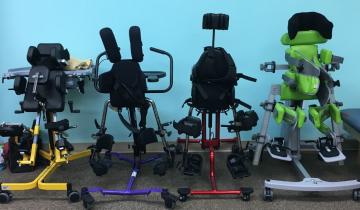
RESNA (Rehab Engineering and Assistive Technology Society of North America) is a great place to find highly qualified rehab and assistive technology professionals in your area. They also have provided their research to help providers and the families they serve make decisions about powered mobility for young children.
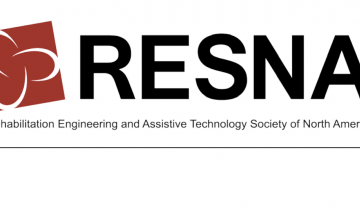
The purpose of this study was to pilot an intervention of a sport-based youth development program modified for accessibility for children and adolescents with movement challenges, with the goal of community-based running participation using running frames.
Bimanual therapy, also referred to as intensive bimanual training, engages patients in active play or practice to improve the use and coordination of both hands. Bimanual therapy is different from similar unimanual therapies, like constraint-induced movement therapy (CIMT), because it promotes simultaneous use of both hands.
Early powered mobility has been shown to improve cognition in children with multiple, complex disabilities.
Access2CRT is here to empower advocates with the information and resources needed to promote and protect access to Complex Rehab Technology (CRT) access for people with disabilities and Cerebral Palsy.
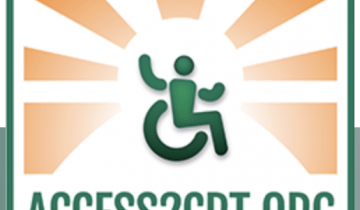
Understanding and managing healthcare and the healthcare system can be daunting for all of us. Attitudes of both providers and patients toward healthcare have experienced significant changes over the past few decades, shifting away from a focus on providers addressing problems as they arise, to more of a partnership and a shared decision-making process to maximize function, well-being, and reduce potential morbidities [1].
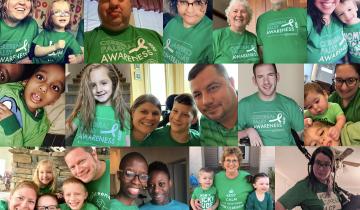
LittleWins harnesses the power of community to empower people with disabilities with the tools they need to thrive! From buying, selling, and donating medical equipment and supplies, to obtaining needed information and connecting with others – LittleWins is the one-stop community resource for families, parents, caregivers, in-home nurses, and all people with disabilities.

Almost all of us can vividly conjure up an episode of being bullied that occurred in our own lives. Hopefully, fewer of us will have memories of being the bully. These experiences and remembrances often are formative, perceived as hurtful, and can have a long term impact on our health and well-being. For me the memory of being the center of attention in a negative way never quite fades, but with age, the perspective changes to a challenge.
There are multiple factors that impact bone health, including birth weight, nutrition, medications for seizures and/or reflux, genetics, and physical activity. Targeted exercise to improve bone health in childhood can be sustained into adulthood, and childhood is the best time to promote bone health.
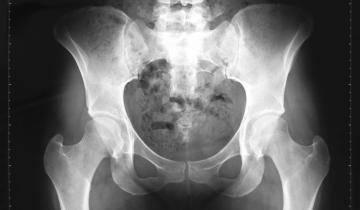
There are many kinds of physical activities that people with cerebral palsy can participate in – for both ambulatory people as well those who use various mobility devices. Knowing just what activities are right for whom can be tough, this article helps to sort that out.

Purpose of review: Cerebral palsy is the most common physical disability of childhood, but the rate is falling, and severity is lessening. We conducted a systematic overview of best available evidence (2012-2019), appraising evidence using GRADE and the Evidence Alert Traffic Light System and then aggregated the new findings with our previous 2013 findings. This article summarizes the best available evidence interventions for preventing and managing cerebral palsy in 2019.
